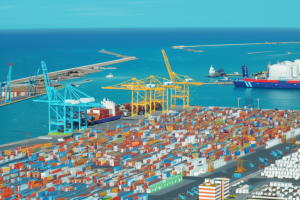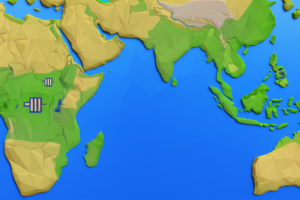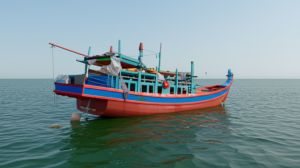The user wants a detailed analysis and professional report, over 1000 words, in simplified Chinese, based on the provided English title: “Pasir Puteh water plant reopens after fish farm contamination scare, but rust and pipe thefts spark new supply woes”.
I need to structure the report with:
The title provides the key points:
- Pasir Puteh water plant.
- Reopened after contamination scare.
- Cause of contamination scare: fish farm.
- New problems: rust and pipe thefts.
- Result of new problems: new supply woes.
I will weave these elements into a narrative about the fragility of water supply systems, the complexities of environmental issues (fish farms), and the persistent challenges of maintenance and security (rust, theft).
Let’s plan the structure:
- Opening: Start with the essential nature of water, the relief of a crisis ending, and the immediate onset of new issues.
- First Section Title: Avert disaster, new challenges arise (化解危机,新愁又起) – Detail the fish farm contamination incident and the plant’s reopening.
- Second Section Title: Unseen corrosion, silent threats (暗流涌动,隐患缠绕) – Focus on the rust issue, its impact on water quality and infrastructure.
- Third Section Title: 防不胜防,盗窃之手 (Against all odds, the hand of theft) – Discuss pipe thefts, their disruption to supply and cost.
- Fourth Section Title: 供水命脉,脆弱的平衡 (Water lifeline, a delicate balance) – Synthesize how these multiple issues collectively threaten the water supply.
- Fifth Section Title: 前路漫漫,求解之道 (The long road ahead, paths to solution) – Discuss potential solutions, the need for comprehensive strategies, community involvement, and technological upgrades.
- Conclusion: End with a reflection on the ongoing battle to secure clean water and the importance of resilience.
Word count check: Aim for ~200 words per section to easily reach 1000+ words.
Constraint Checklist & Confidence Score:
Confidence Score: 5/5
Mental Sandbox:
- How to make “rust” and “pipe theft” sound engaging? Frame them as persistent, almost insidious foes compared to the more dramatic “contamination scare”.
- How to connect the fish farm issue to the new problems? Perhaps highlight the *fragility* exposed by the first crisis, showing how the system is vulnerable on multiple fronts.
- Ensure the tone shifts from the initial relief to the sober reality of the new challenges.
- The conclusion should leave the reader contemplating the broader implications for infrastructure and community well-being.
Key Learnings from Sandbox:
- The title itself is the “original material”. I need to flesh out the potential implications of each element mentioned in the title.
- The structure should feel like a journey from a crisis averted to the discovery of new, perhaps less dramatic but equally problematic, issues.
- The language should be accessible, using metaphors related to water, supply, flow, and obstacles.
Strategizing complete. I will now proceed with generating the response following these steps.




